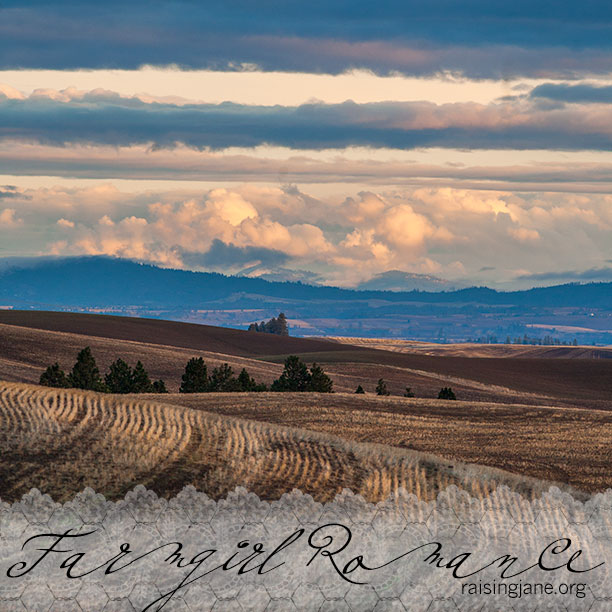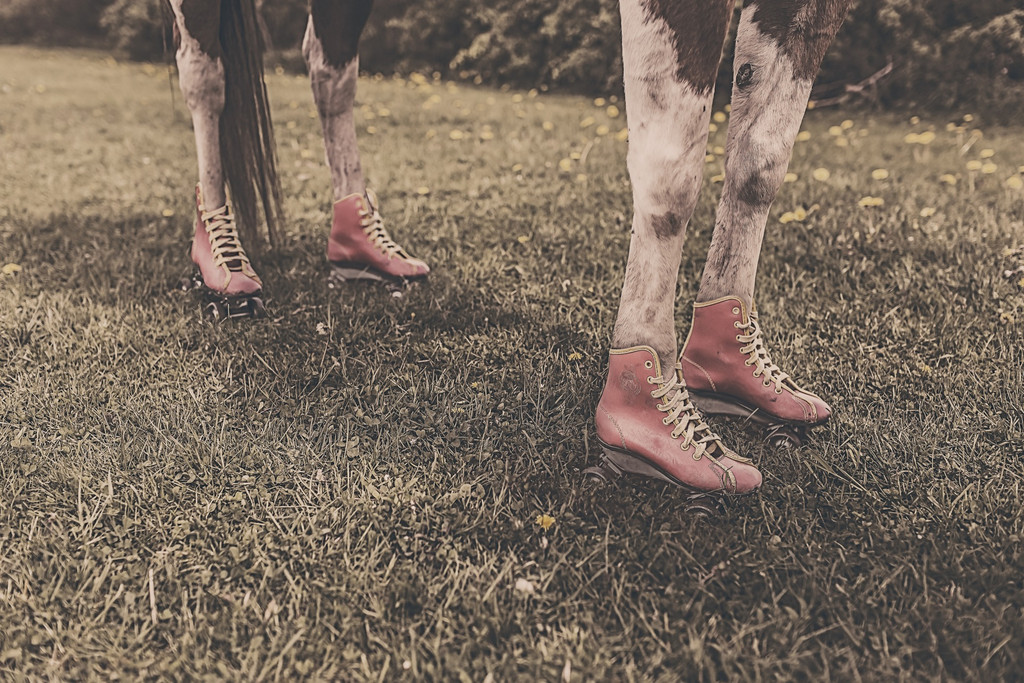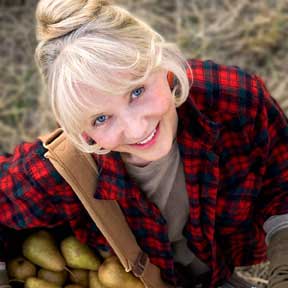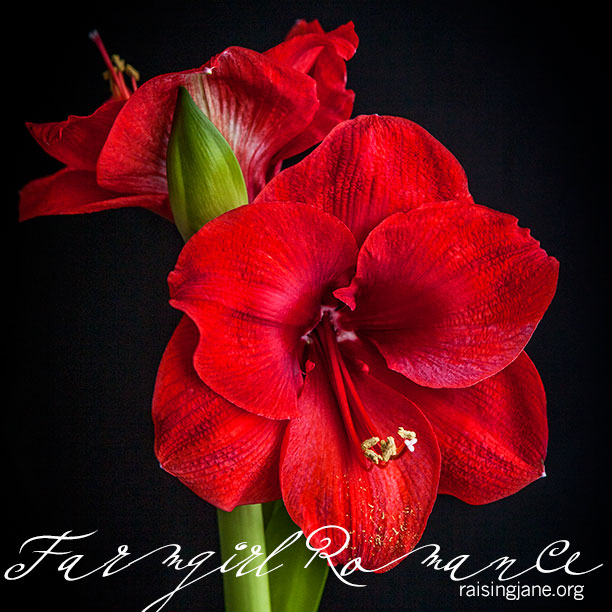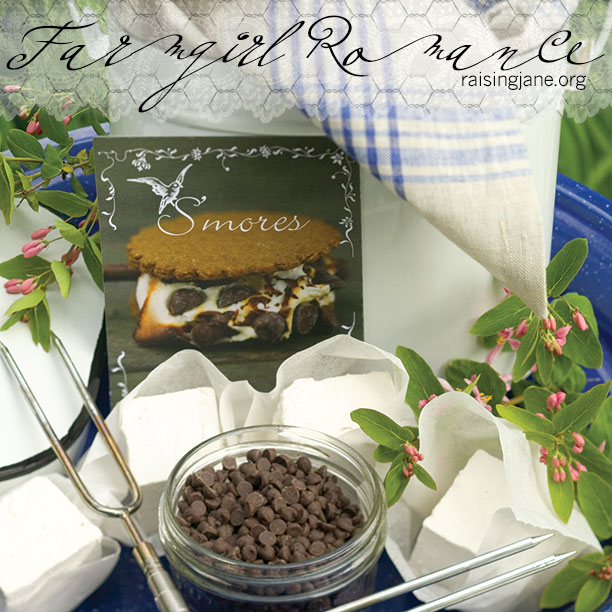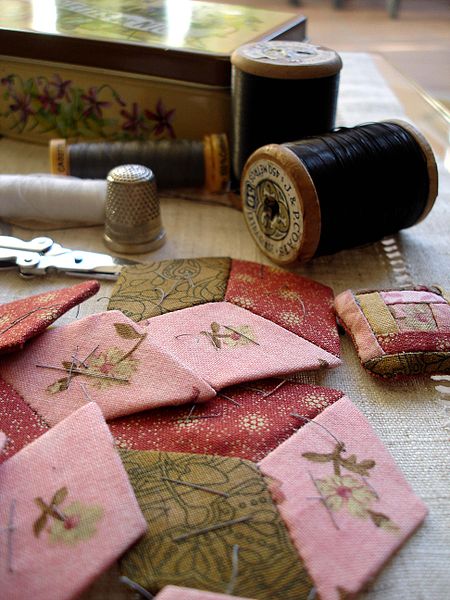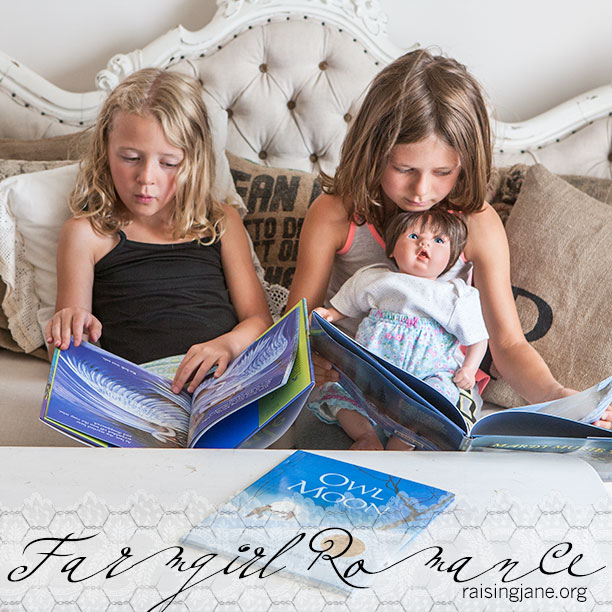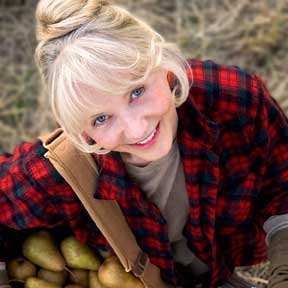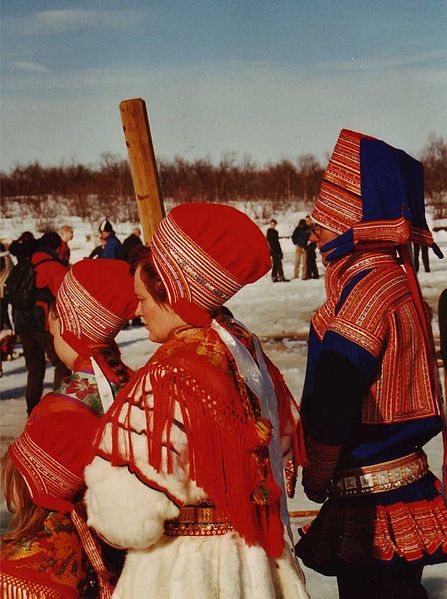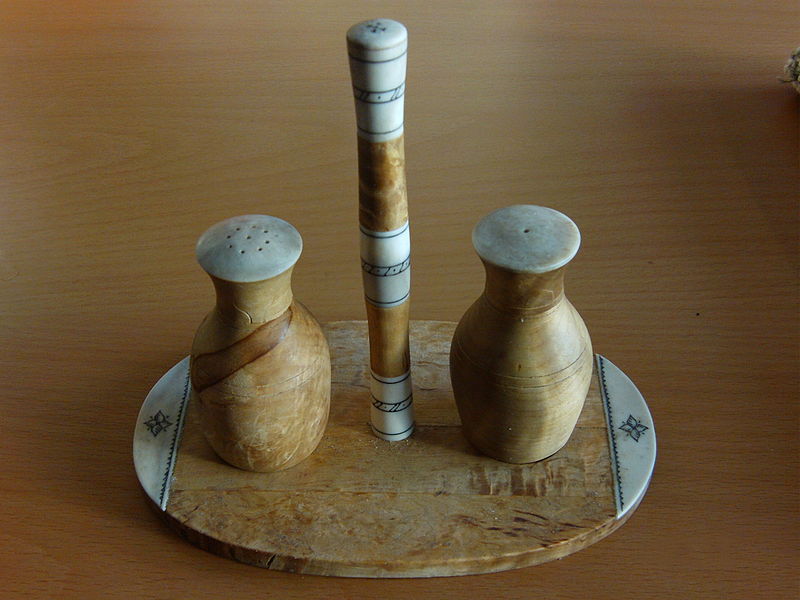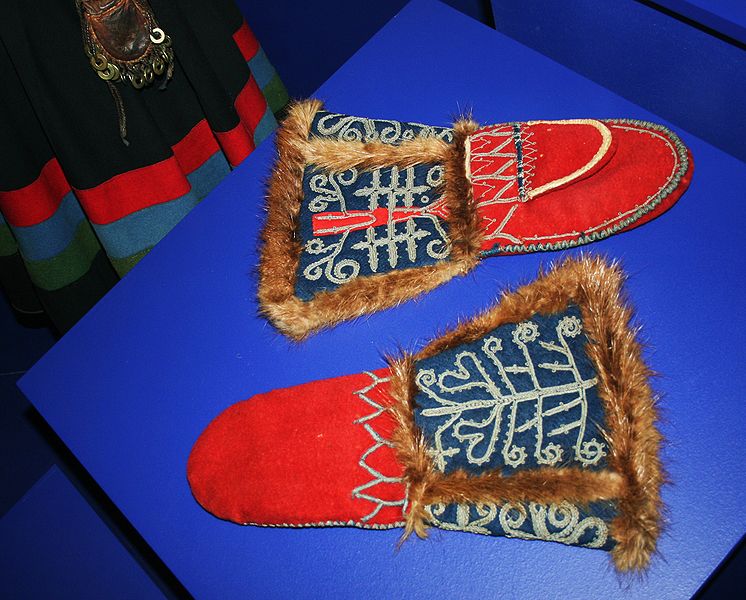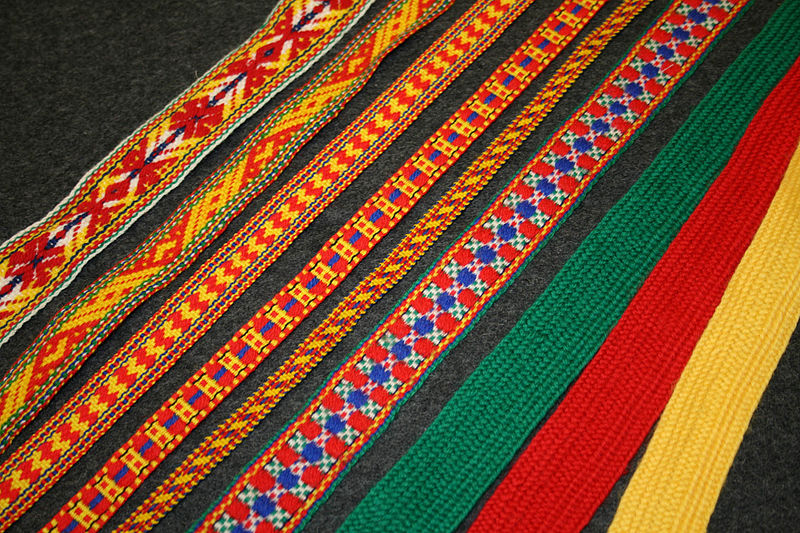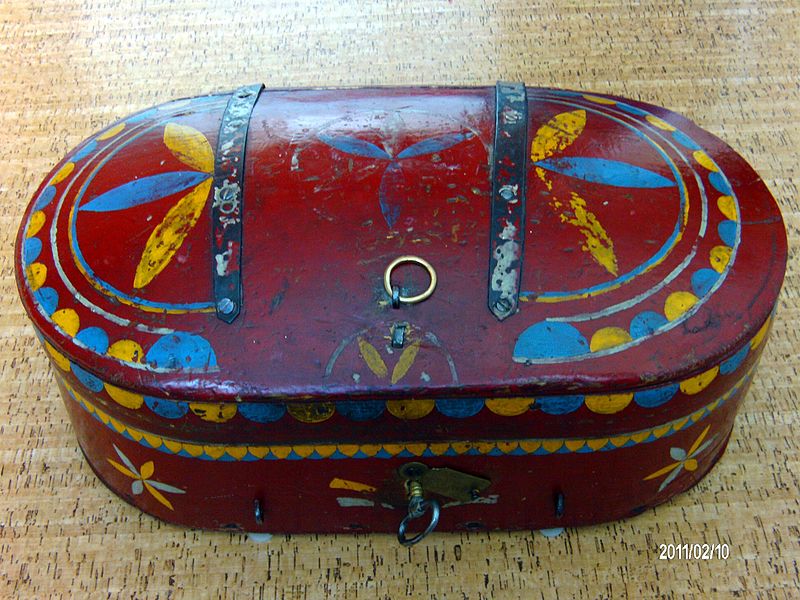The adorable, always humorous MBA Jane is my way of honoring our Sisterhood Merit Badge program, now with 6,760 dues-paying members who have earned an amazing number of merit badges so far—9,508 total! Take it away, MBA Jane!!! ~MaryJane
Wondering who I am? I’m Merit Badge Awardee Jane (MBA Jane for short). In my former life …
For this week’s Young Cultivator Make it Easy/Music Intermediate Level Merit Badge, Piper and I picked up right where we had left off with the Beginner Level badge.
Right between the knowledge that neither of us had any rhythm to speak of, and the knowledge that we were both kinda dismal at … how should I put it? … Music Appreciation Arts.
Let’s just say, you don’t want us in your philharmonic.
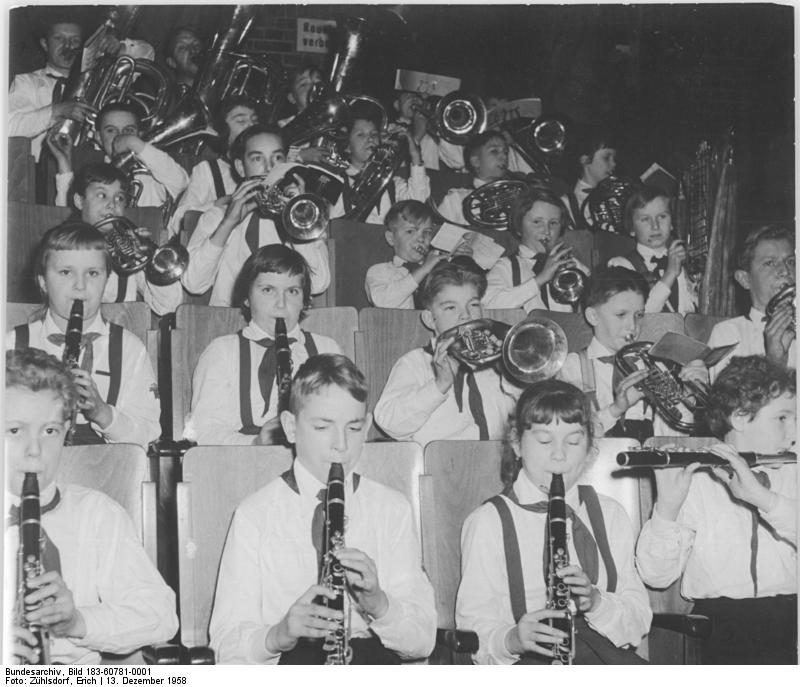
photo, Bundesarchiv Bild via Wikimedia Commons
But hey, what we lack in musical ability, we more than make up for in passion and heart.
So, anyway, to earn our Intermediate Level badges (I mean, badge. It’s really just Piper. I mean, I’m a fully grown adult. Kind of.), we brought in Nora. Nora had earned her Beginner Level badge earlier, so we were a mighty trio. Since this whole shebang was going to culminate in a performance for their parents, we thought hey, the more the merrier. (Also, we were hoping Nora had some skills we could desperately cling to learn from.)
We had to make our own instruments, so here’s what we did in case you too, want to form your own band:
Homemade Tambourines
- Embroidery hoops in any size, but large is best
- Ribbon
- Jingle bells
Wrap the ribbon all the way around the hoops so they are completely covered (you could also use strips of fabric, or skip this part altogether if your hoop is already colorful). Tie jingle bells to more strips of ribbon or fabric and tie tightly around the hoops about an inch or so apart. You can use as many bells as you like. Do like Taylor Swift instructs, and SHAKE IT OFF.
Homemade Maracas
- Plastic Easter eggs
- Spoons
- Dried beans
- Ribbon
Place beans inside your Easter egg and close. Cradle egg between two spoons and wrap the handles together with ribbon (or patterned duct tape). Start a mariachi band!
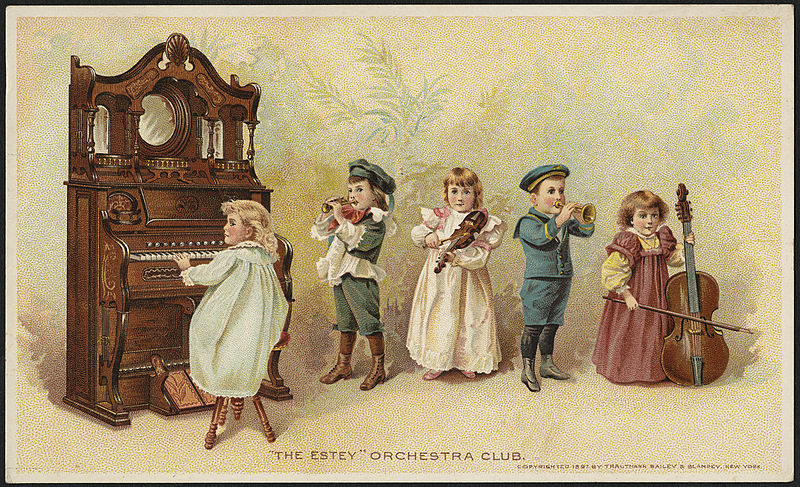
The Estey orchestra club, Trautmann, Bailey & Blapey / Estey Organ Works via Wikimedia Commons
Rainmaker
- A large tube of strong heavy cardboard (the larger and stronger, the better)
- Small nails
- A few dried beans
- Construction paper or scrapbook paper
- Glitter, stickers, markers, glue, and other craft supplies for decorating
Start by hammering in all the nails into your tube. The more nails you use, the better sound your rainmaker will have, so go nuts. You want them around the whole tube, not just in one straight line, but they don’t have to be in perfect intervals. Cover your tube with the construction paper or scrapbook paper, gluing it on securely. Decorate. Seal one side with a few layers of heavy paper, cardboard, or a layer of duct tape (or if your tube came with plastic lids, even better). Drop in some beans, rocks, or beads, and seal up the top. Enjoy the sound of rain on even the hottest summer day!
Homemade Pan Flute
- An assortment of plastic drinking straws
- Tape
Cut your straws in different lengths and line them up accordingly. Tape your line together. Use about eight or so. Each straw will have a slightly different tone than the one next to it. Have fun being a Pied Piper.
P.S. Piper really likes this one. Go figure.
